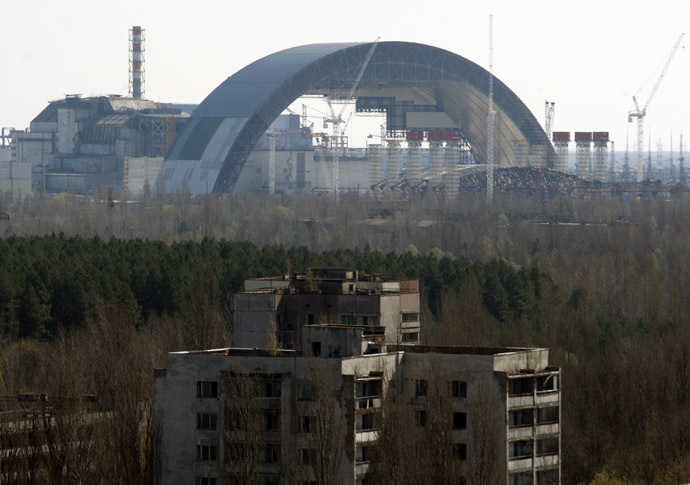
Chernobyl, the scene of the worst nuclear accident in history

The animals have rebounded in Chernobyl and wild boar roam the streets among the deserted houses

Wild donkeys have increased to amazing numbers

Bison have returned to the area in abundance
What happens to the environment when humans disappear? Thirty years after the Chernobyl nuclear disaster, booming populations of wolf, elk and other wildlife in the vast contaminated zone in Belarus and Ukraine provide a clue.
On April 26, 1986, a botched test at the nuclear plant in Ukraine, then a Soviet republic, sent clouds of smouldering radioactive material across large swathes of Europe.
Over 100,000 people had to abandon the area permanently, leaving native animals the sole occupants of a cross-border "exclusion zone" roughly the size of Luxembourg.
In the Belarussian part of the zone, tumble-down villages marked with yellow and red radiation warning signs have become hunting grounds for predators such as wolves and hawks. Birds, including tawny owls and magpies, nest in the roofs and chimneys of abandoned buildings.

Descendants of domesticated dogs and cats, who have long been feral, band together in packs to hunt

But the kings of Chernobyl are the wolves who rule the streets


Some wolves are captured and radio collared for study. They are checked frequently for levels of radiation. They are valuable to the study of how mammals survive and reproduce after exposure to high levels of radiation
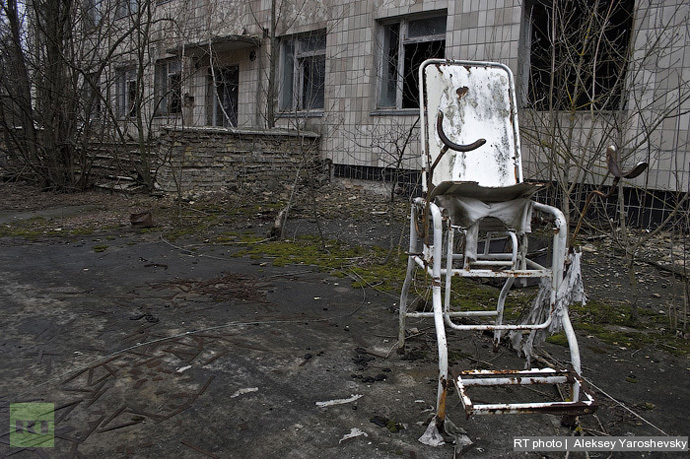

"People can never live there - it's impossible - not even for the next 24,000 years," Ukrainian Ecology Minister Hanna Vronska said of the zone, which encompasses 2,600 sq km (1,000 square miles) of forest, marsh and open countryside.
The long-term impact of the radiation on animal populations is a subject of intense debate because scientists have struggled to untangle the positive effects of human absence from the negative effects of living in a poisoned environment.
Despite the radiation, wolf numbers are over seven times higher in the Belarussian part of the zone compared with uncontaminated areas elsewhere, according to a study published in scientific journal Current Biology last October.
Some wolves have taken to straying outside the zone to steal calves from nearby farms, prompting hunters to set traps or shoot them as a deterrent.
International donors have funded the building of a 30,000 ton "safe confinement" arch to prevent more deadly particles spewing from the stricken nuclear reactor's site for the next 100 years. Nevertheless, nothing can be done to decontaminate trees and soil that suffered the worst of the nuclear fallout within a 30-km radius of the plant.
In March, Vronska said authorities were considering turning the uninhabitable zone into a biosphere to protect and study its native animal populations in what would be the largest nature reserve in Europe. There are also plans to use parts of the area to store nuclear waste and for solar power.
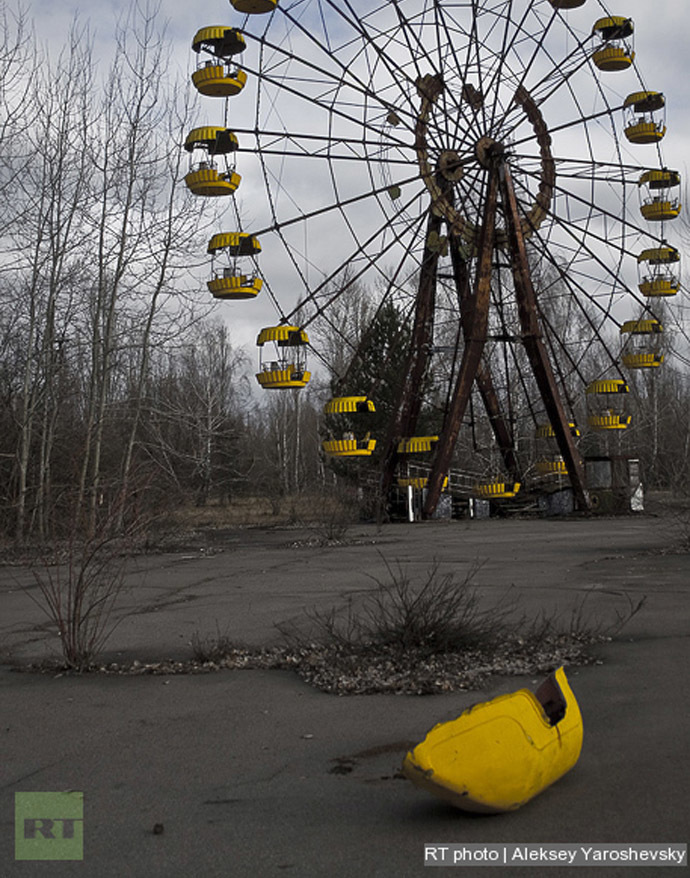
Special government permits, usually valid for a few days, are required for anyone wishing to visit the exclusion zone from the Belarussian side. Roads going into the zone are guarded to prevent any unauthorized person entering.
While the rules of access are also strict on the Ukrainian side, small tour groups can visit sites within the zone, including the "ghost town" of Pripyat.
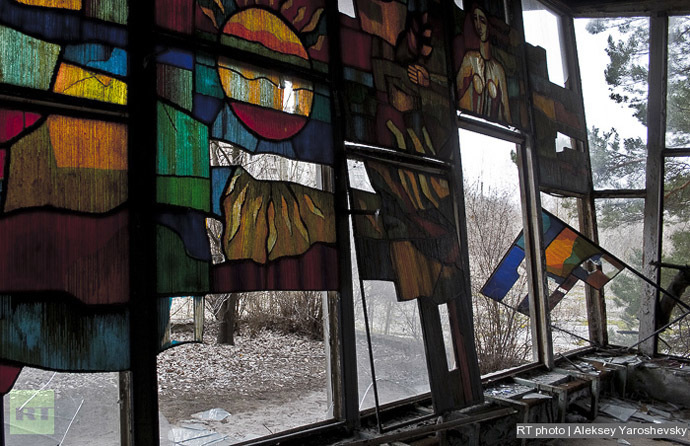
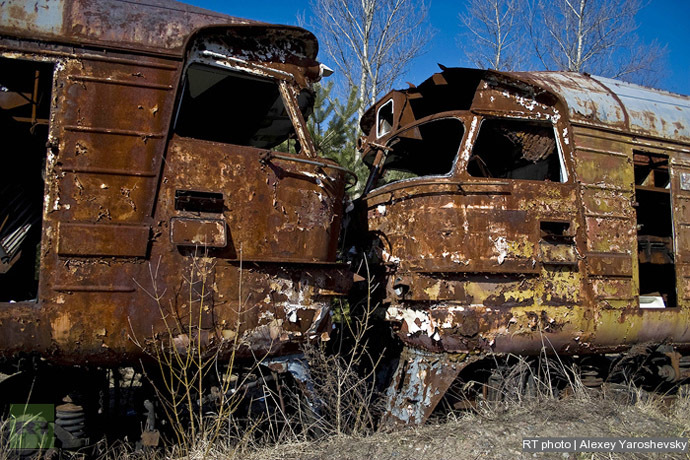

CAUTION!
The following two videos are very graphic. They show some of the mutations which occured, as a result of the exposure to intense radiation from the Chernobyl disaster.
Cancer, mental and heart defects, as well other genetic defects are still occurring in high numbers among newborns and can be attributed directly to radiation poisoning.
Even after Chernobyl, Fukushima was ill prepared to prevent a nuclear disaster. Have we learned enough now to prevent it from happening again?
This is so sad ... I believe Chernobyl is still having an effect on people / animals and some of the reason for so many different illness . I could be wrong they said the fumes went around the earth .
ReplyDeleteGreat post
Love PIC
Check Wag , it's a long one .... BAW
Hi PIC
ReplyDeleteHow is your Witchy old ass ? Got your note.
The tragedy of Chernobyl is ongoing. They do not have adequate medical help in the area to deal with all the horrible illnesses and deformities. The children continue to suffer. Radiation poisoning breaks up strands of DNA and passes down through generations. This accounts for the mutations. And the people around Chernobyl are still being poisoned by radiation and this accounts for the cancer rate. So many places in the world where horror exists. We are most fortunate to live where we do.
Love to you and the cubs
Your friend and PIC